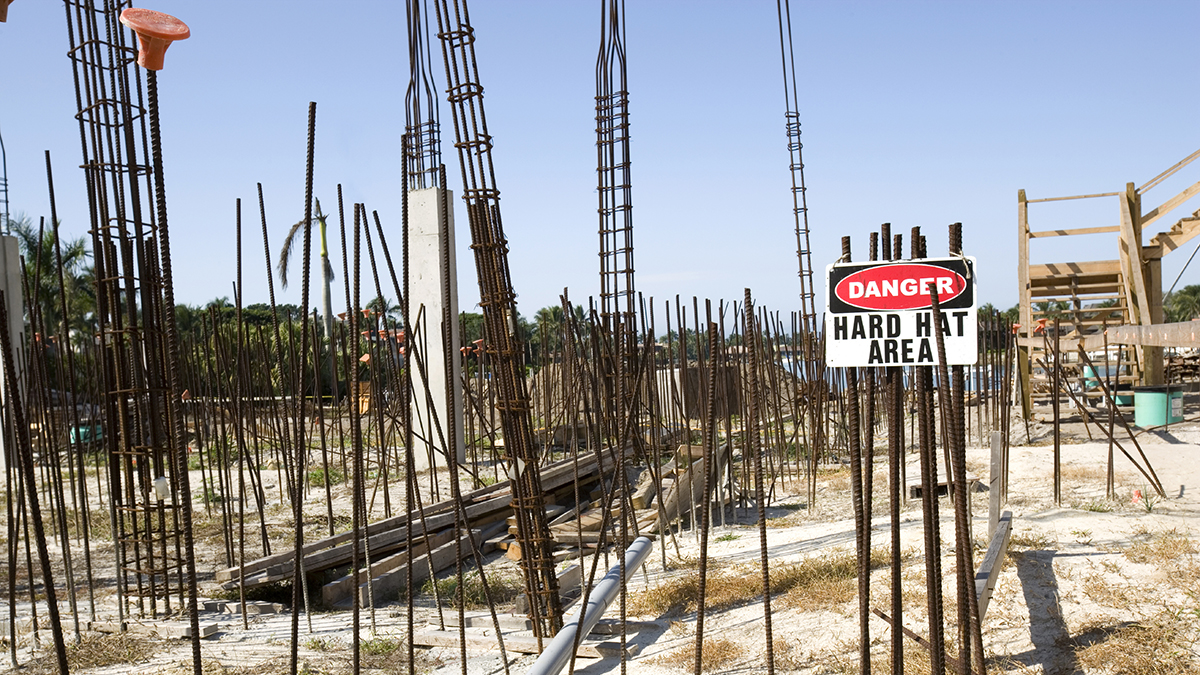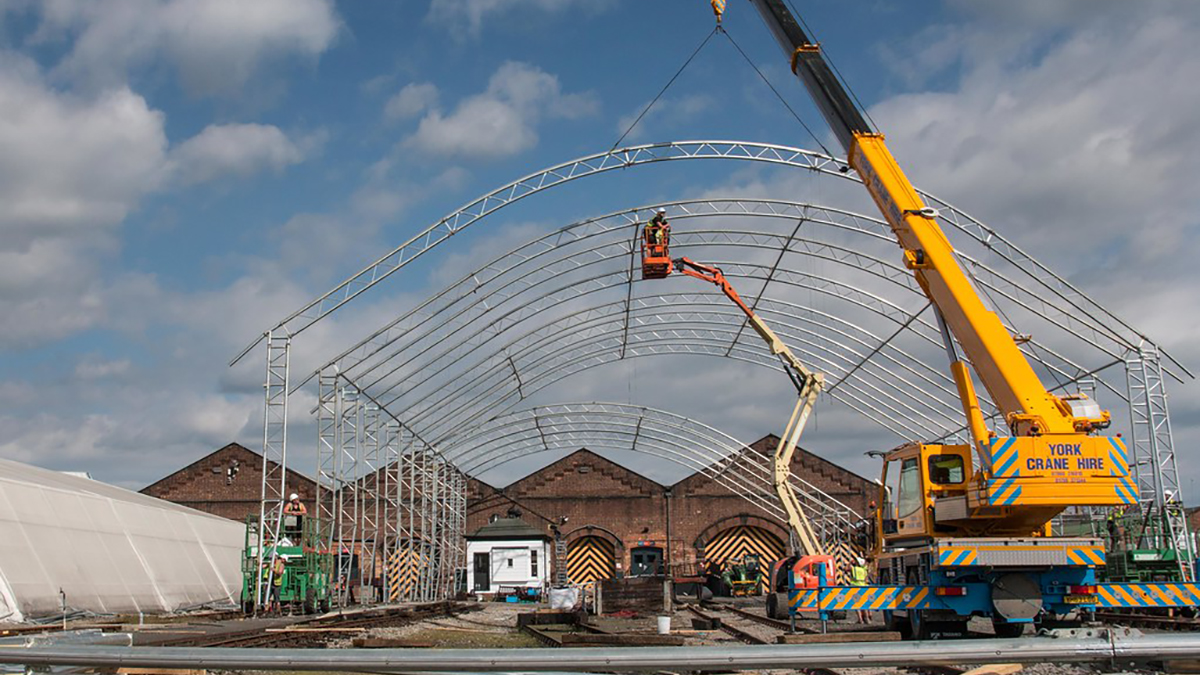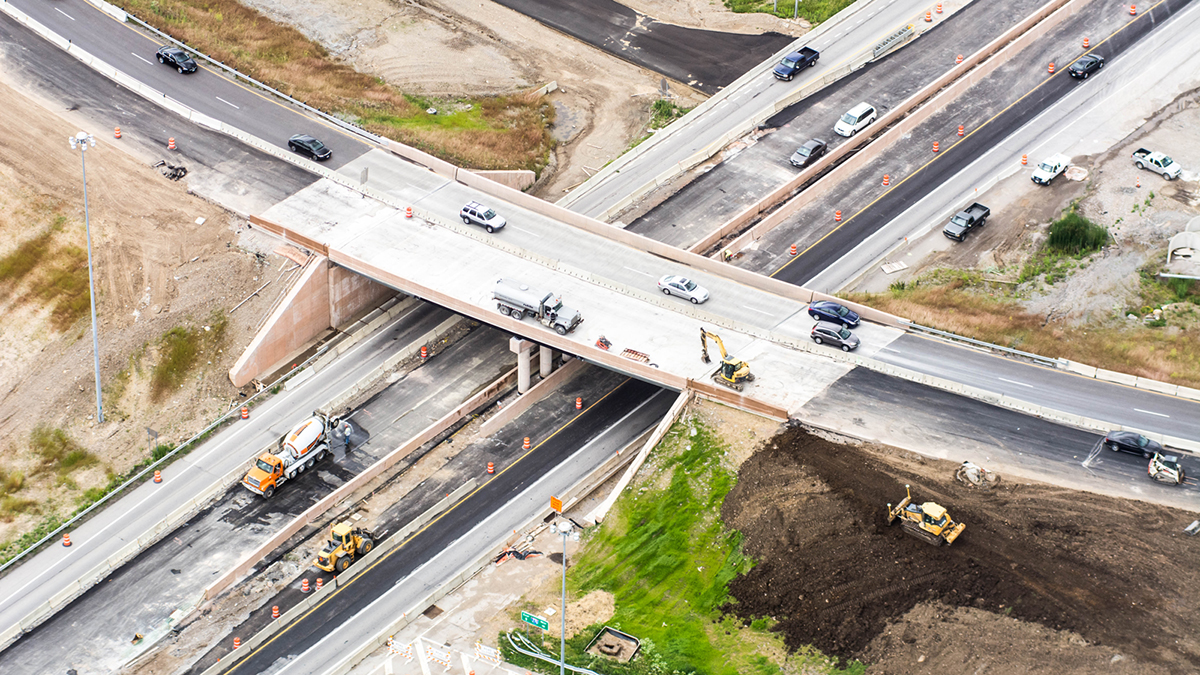There are many infrastructure projects underway around the world. Among those projects are railway projects.…

Discover The Construction Industry
Some of us don’t think much about it until we start to build a new building near our home or work. Then, we usually just complain about how the construction affects traffic and slows everything down.
But stop to think about it: what would life be without construction; without heavy equipment? Before heavy equipment, everything was done by hand. Picks and shovels; wheelbarrows; and long hours of hard work.
Heavy Equipment Development
Through the early 1900s, the horse-driven and steam-powered heavy equipment revolutionized the construction industry, increasing productivity and shortening the length of time construction projects took to complete. With the invention of the internal combustion engine, the industry began to change even more.
The Interstate Highway System construction during the 1960s was the boom time for the construction and heavy equipment industries. This type of work called for high-horsepower equipment and new types of equipment.
The high horsepower scrapers were developed to move the massive amounts of materials produced by the highway system construction. There were hundreds of scrapers at work on these projects.
The 1960s was also the “monster machine” decade. Machines grew in size and horsepower; the surface mining industry called for machines that are still the largest, even today, including the 360-ton haul truck, which has grown to a 400-ton haul truck, becoming more productive and efficient, but not much bigger.
The 1970s faced the Arab oil embargo. This produced an increased need for coal, which increased the demand for heavy equipment. The demand was so great, that ordering a large machine found a 2 to 3-year waiting list.
In the 1980s, a recession transformed the industry, with a lot of companies failing. The recession also changed the future of the four major heavy equipment manufacturers: International Harvester, Euclid, Caterpillar, and Allis Chalmers.
By the 1990s, only Caterpillar remained with its original name. In the mid-’90s, a wave of environmental laws forced manufacturers to begin making cleaner and more efficient diesel engines.
The most recent recession in 2008 caused the focus to change from ownership to leasing of heavy equipment. Currently, over 40% of all equipment is bought by rental companies. The pressure on manufacturers continues, to produce more energy-efficient heavy equipment. Continued development of electrification of major engine components and more energy-efficient alternatives to conventional powertrain systems are the expected future of heavy equipment.
Even with all of the changes, the global heavy equipment market is estimated to be around 192 billion U.S. dollars in 2017. During 2017, it is expected that around 809,000 construction machines will be sold worldwide, with approximately 186,000 delivered to customers in North America.
No matter what you think about construction and heavy equipment: no roads, no buildings, no houses; nothing in our lives could be constructed without heavy equipment and the construction industry, and the people who run the heavy equipment. Together with the trucking industry, everything in our lives, from our homes to where we shop, depends on the construction, heavy equipment, and trucking industries.




This Post Has 0 Comments